Disclosure: This article contains affiliate links. We may earn a commission from purchases at no extra cost to you, which helps our travel content.
The moment you step onto the rainbow-hued streets of Oranjestad, Aruba's capital reveals itself as a fascinating cultural tapestry—where Dutch colonial influence meets Caribbean flair in an explosion of color. During my recent weekend escape from Philadelphia's courtroom pressures, I found myself captivated by this walkable harbor city that offers so much more than just a gateway to Aruba's famous beaches. The city's revitalized trolley system, pedestrian-friendly layout, and surprising architectural details make it perfect for couples seeking a blend of relaxation and cultural exploration. What struck me most was how the city's colonial past and multicultural present coexist in harmonious balance—from meticulously restored historical buildings to vibrant street art that tells stories of island identity. This guide will take you street by street through Oranjestad's most charming corners, revealing hidden gems that many visitors miss in their rush to hit the sand.
Wilhelminastraat: The Colorful Heart of Oranjestad
Wilhelminastraat runs like a vibrant artery through downtown Oranjestad, showcasing the city's most photographed architectural treasures. My legal background has trained me to appreciate historical preservation, and this street delivers a masterclass in how to honor heritage while embracing modern vitality.
The Dutch colonial buildings along this thoroughfare display a rainbow palette that would make any artist envious—pastel pinks, sunny yellows, and Caribbean blues create a streetscape that practically demands photography. What fascinates me most is how these structures tell the story of Aruba's complex colonial history through their distinctive stepped gable facades (a direct import from Amsterdam) combined with tropical adaptations like shaded verandas and ornate woodwork.
Don't miss the iconic green Aruba Town Hall, which dates back to 1925. I spent a delightful hour sketching its distinctive lines in my travel journal, which has become my favorite way to slow down and truly observe architectural details when traveling. The security guard noticed my interest and invited me inside to see the historical photographs in the lobby—a reminder that sometimes showing genuine curiosity opens doors.
As you stroll, notice how the street seamlessly blends commerce and culture. Local boutiques like Cosecha sell authentic Aruban crafts (look for the certification seal that guarantees items are locally made), while cafés offer shaded respite from the Caribbean sun. I recommend pausing at the Dutch Pancake House around mid-morning when the scent of stroopwafels and coffee creates an irresistible invitation to rest your feet.

💡 Pro Tips
- Visit on weekday mornings for fewer crowds and better photography lighting
- The free trolley runs along this street—hop on to rest your feet between explorations
- Many shops close for lunch between 12-2pm, plan accordingly
Plaza Daniel Leo: The Historical Centerpiece
Plaza Daniel Leo serves as Oranjestad's central gathering place, where locals and visitors alike converge under the shade of magnificent old trees. As someone who has spent countless hours studying how public spaces shape community dynamics, I was immediately drawn to how this plaza functions as both a historical monument and a living social hub.
The plaza is anchored by the Willem III Tower, a distinctive red brick structure built in 1868 that once served as the city's first lighthouse. While no longer operational, it remains an important landmark and symbol of Aruba's maritime heritage. I recommend climbing the tower in late afternoon—the golden light bathes the surrounding buildings in a warm glow, and the harbor views provide excellent orientation for understanding the city's layout.
Surrounding the plaza are some of Oranjestad's most significant historical buildings, including the Protestant Church (1846) and the Archaeological Museum housed in a restored colonial home. What I found particularly impressive was how the plaza serves as a lesson in adaptive reuse—historical structures finding new purpose while maintaining their architectural integrity.
The plaza truly comes alive in the evenings when local vendors set up food carts selling authentic Aruban snacks. This is where you'll find pastechi (fried pastries filled with cheese or meat) that rival any I've tasted across the Caribbean. My partner and I made it our nightly ritual to grab dinner here, listening to impromptu music performances while watching the sunset paint the colonial facades in dramatic hues.
For the best experience, I packed my compact binoculars to spot architectural details and observe birds in the plaza's massive trees—an unexpected bonus for wildlife enthusiasts. These compact binoculars take up minimal space but enhanced our appreciation of both the natural and built environment.
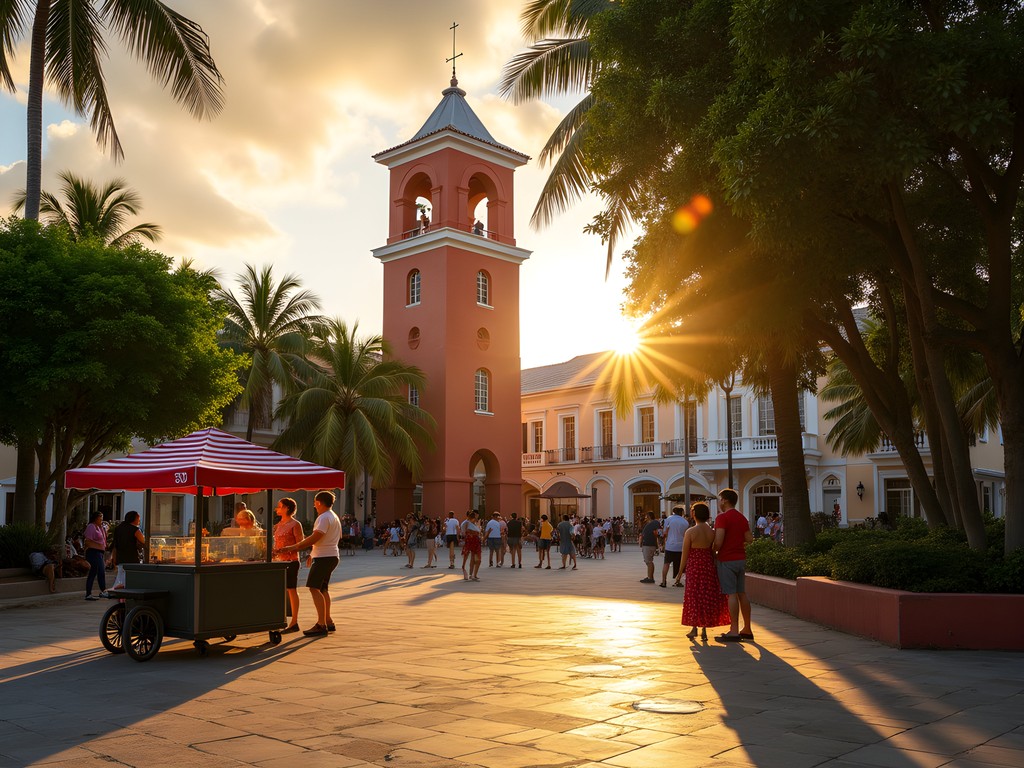
💡 Pro Tips
- Visit the Archaeological Museum first for historical context that enriches your entire Oranjestad experience
- The plaza hosts a small farmers market on Saturday mornings—perfect for sampling local fruits
- Bring small bills for street vendors who often can't make change for large denominations
Caya G.F. Betico Croes: The Shopper's Paradise
Named after a beloved Aruban political leader who championed the island's autonomy, Caya G.F. Betico Croes (often simply called 'Mainstreet' by locals) represents Oranjestad's commercial heart. This pedestrianized thoroughfare underwent a major revitalization in recent years, transforming it from a congested street into a welcoming promenade that showcases both international luxury and authentic local commerce.
What I appreciate most about this street is how it refuses to become a generic tourist trap. Yes, you'll find duty-free jewelry stores and international brands, but they exist alongside family-owned businesses that have operated for generations. This juxtaposition creates a fascinating study in how globalization and local identity can coexist—a theme I often explore when traveling.
The Renaissance Mall anchors the western end of the street with air-conditioned luxury shopping, but I found the real treasures in the smaller local establishments. Shops like Aruhiba offer locally-made cigars rolled from tobacco grown on the island, while T.H. Palm & Company sells resort wear designed by Aruban artists. As someone who values understanding the social fabric of destinations I visit, I made a point to chat with shopkeepers about how tourism has shaped their businesses.
The street's revitalization included the installation of a free electric trolley that runs its length—a smart city initiative that reduces congestion while providing accessibility. The trolley's open-air design allows you to hop on and off as you explore, and I found it particularly useful during midday when the Caribbean sun is at its strongest.
For lunch, venture slightly off Mainstreet to local-favorite Eduardo's Beach Shack for fresh açaí bowls and smoothies that provide refreshing respite from the heat. I kept all our essentials organized in my anti-theft crossbody bag, which proved perfect for navigating busy shopping areas while keeping valuables secure—a habit from my years working in urban courtrooms that serves me well while traveling.

💡 Pro Tips
- The free trolley runs every 25 minutes—look for the blue stops along the street
- Most stores accept US dollars, but you'll often receive change in Aruban florins
- Visit early morning or late afternoon to avoid cruise ship crowds
Havenstraat: Where History Meets the Harbor
Havenstraat (Harbor Street) provides a fascinating window into Oranjestad's evolution from trading port to tourism hub. This waterfront thoroughfare runs parallel to the cruise terminal, yet manages to maintain authentic local character despite the daily influx of visitors—a delicate balance that impressed my lawyer's analytical mind.
What makes this street particularly interesting is how it showcases Aruba's layered history through its architecture. Colonial-era warehouses have been thoughtfully repurposed into restaurants and galleries without sacrificing their historical integrity. The Aruba Ports Authority building stands as a prime example—its distinctive blue façade and white trim honoring Dutch architectural traditions while housing thoroughly modern port operations.
I spent a fascinating morning at the Aruba Historical Museum (formerly Fort Zoutman), the island's oldest structure dating back to 1798. The museum offers crucial context for understanding how Aruba's position as a strategic harbor shaped its multicultural identity. The Willem III Tower attached to the fort hosts the weekly Bon Bini Festival every Tuesday evening—a celebration of Aruban culture with music, dance, and local food that shouldn't be missed.
For an authentic meal, venture to Zeerovers, a waterfront spot where fishermen deliver their daily catch directly to the kitchen. The menu is simple—whatever was caught that day, served with traditional sides like pan bati (cornbread pancakes) and funchi (polenta). Eating here connects you to Aruba's maritime traditions in the most delicious way possible.
As the sun sets, the harbor comes alive with lights reflecting off the water. This is when I recommend finding a waterfront table at Café the Plaza, ordering a craft cocktail, and watching the harbor activity while street musicians provide the soundtrack. I captured stunning twilight photos using my travel tripod, which is lightweight enough to carry all day yet sturdy enough for long-exposure night photography—essential for capturing the harbor's magical evening atmosphere.
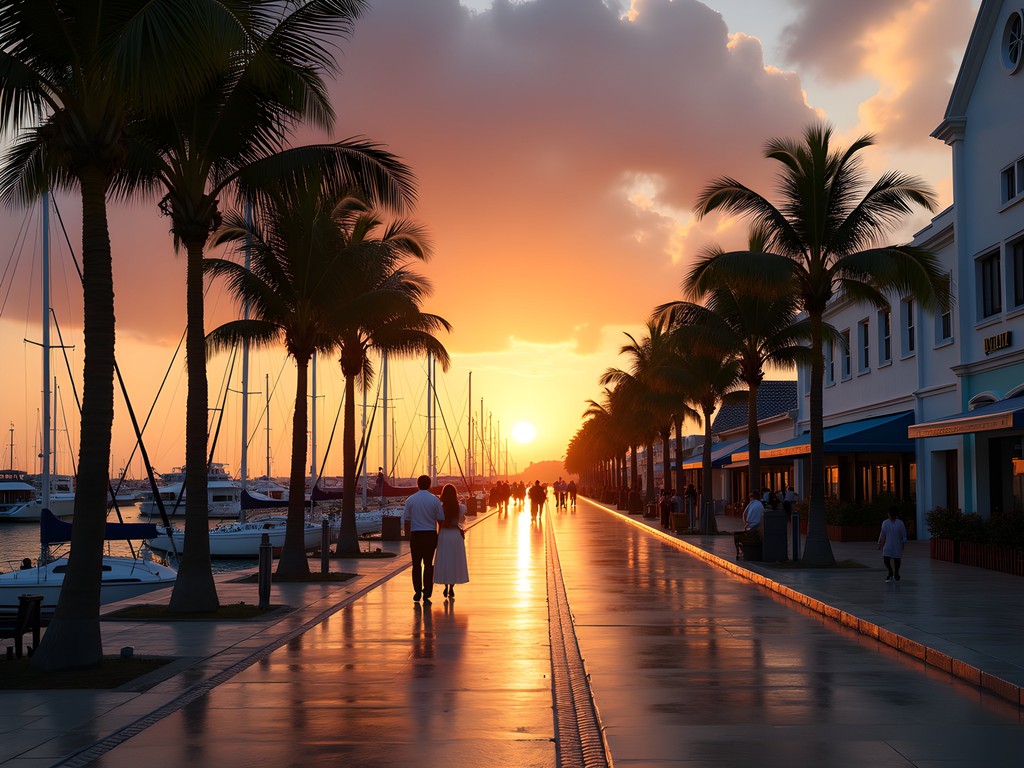
💡 Pro Tips
- Fort Zoutman/Historical Museum is closed Mondays—plan accordingly
- Early morning offers the best light for harbor photography before cruise ships arrive
- Many waterfront restaurants offer happy hour specials between 4-6pm
Zoutmanstraat: The Artistic Soul of Oranjestad
Just a block away from the main tourist thoroughfares, Zoutmanstraat reveals Oranjestad's emerging creative district—a neighborhood where local artists are reclaiming historical spaces through vibrant expression. As someone who regularly studies murals as historical records in American cities, I was immediately drawn to this area's rich visual storytelling.
The street is anchored by Cosecha Creative Center, housed in a beautifully restored historical building. This cooperative gallery showcases work by certified local artisans, from traditional crafts to contemporary art that explores Aruban identity. What impressed me most was the center's commitment to sustainability—many artists create using recycled materials, reflecting the island's growing environmental consciousness.
Wandering further down the street reveals a series of murals that tell stories of Aruba's indigenous Arawak heritage, Dutch colonial period, and modern multicultural society. These aren't mere decorations but powerful visual narratives that explore complex social themes. I spent an afternoon photographing these works and conversing with local artists about how public art can preserve cultural memory while addressing contemporary issues—conversations that reminded me of discussions with clients from diverse backgrounds in my legal practice.
The street is also home to several studios where you can observe artisans at work or even participate in workshops. My partner and I spent a delightful morning learning traditional Aruban pottery techniques at Terrafuse, creating pieces inspired by pre-colonial Arawak designs. The instructor explained how these ancient patterns contain environmental knowledge about the island's ecosystem—another example of how art preserves cultural wisdom.
Zoutmanstraat comes alive on the last Friday of each month during the Korteweg Art Walk, when galleries stay open late and local musicians perform in the streets. This grassroots cultural initiative demonstrates how communities can revitalize neighborhoods through creative expression—a principle that applies equally to urban renewal projects I've observed across America.
I documented this rich visual landscape with my portable photo printer, creating on-the-spot postcards from my smartphone photos to mail to family. This tiny device has become an essential part of my travel kit, allowing me to share discoveries immediately rather than waiting to return home.
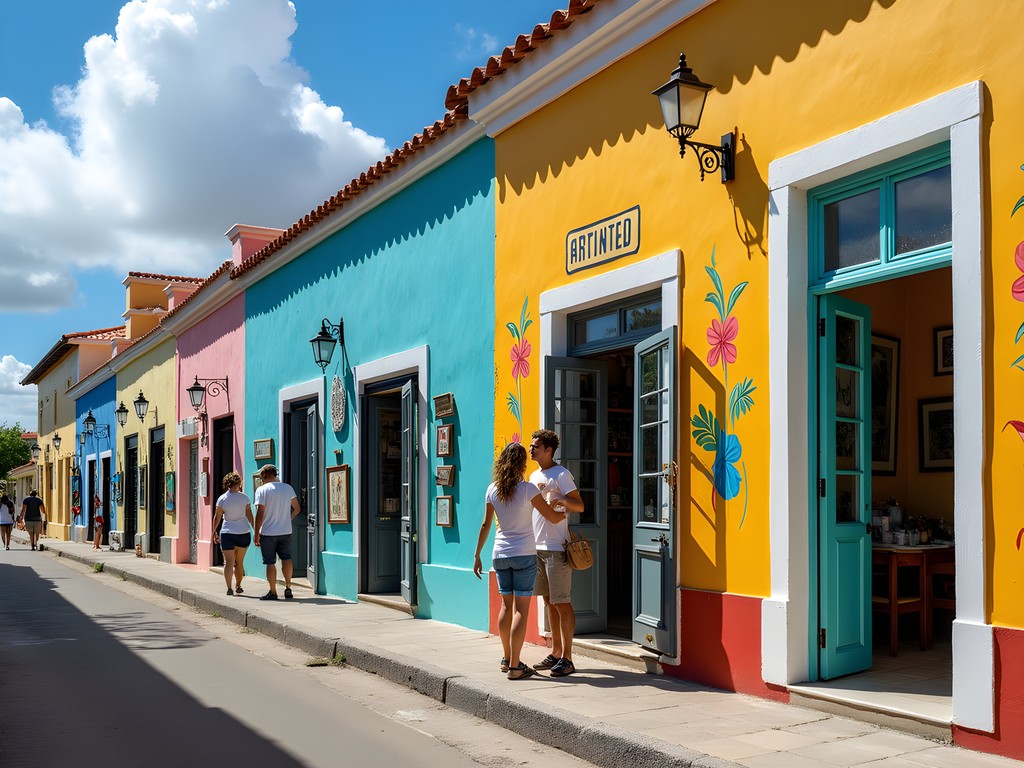
💡 Pro Tips
- Visit Cosecha during weekday mornings when artists are often working on-site and available to discuss their techniques
- The monthly Art Walk happens on the last Friday evening—worth planning your trip around if possible
- Many studios offer impromptu workshops—simply ask if you can try your hand at a technique that interests you
Final Thoughts
Oranjestad reveals itself most fully to those willing to explore beyond the cruise ship terminals and duty-free shops. By wandering these five distinctive streets, you'll discover a capital city that honors its complex colonial past while embracing a vibrant multicultural future. What struck me most during my weekend exploration was how this small Caribbean capital balances preservation and progress—maintaining architectural heritage while implementing smart urban solutions like the electric trolley and pedestrian-friendly zones. For couples seeking connection through shared discovery, Oranjestad offers the perfect blend of relaxation, cultural immersion, and romantic ambiance. Whether you're analyzing centuries-old fortifications, supporting local artisans, or simply sharing a sunset cocktail along the harbor, the city invites you to slow down and appreciate both its colorful facades and the diverse stories they contain. As you plan your own Aruban adventure, remember that the true heart of Oranjestad beats in its neighborhood streets—where history, art, and island hospitality create an unforgettable Caribbean experience.
✨ Key Takeaways
- Oranjestad is best explored by foot or free trolley, with each street offering distinct cultural experiences
- The city balances well-preserved Dutch colonial architecture with authentic local culture and commerce
- Evening activities like the Bon Bini Festival and monthly Art Walk provide deeper cultural immersion
- The compact size makes it perfect for a weekend exploration between beach days
📋 Practical Information
Best Time to Visit
year-round (January-March offers milder temperatures with less humidity)
Budget Estimate
$150-250 per day for accommodations, meals and activities
Recommended Duration
2-3 days
Difficulty Level
Beginner
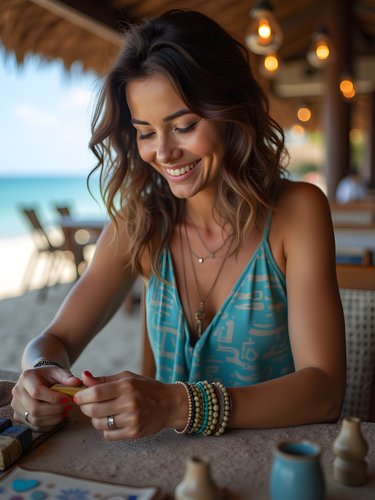

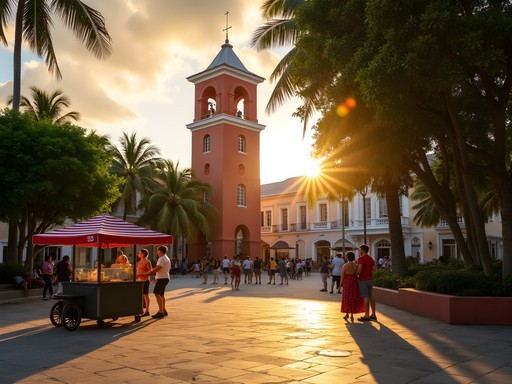
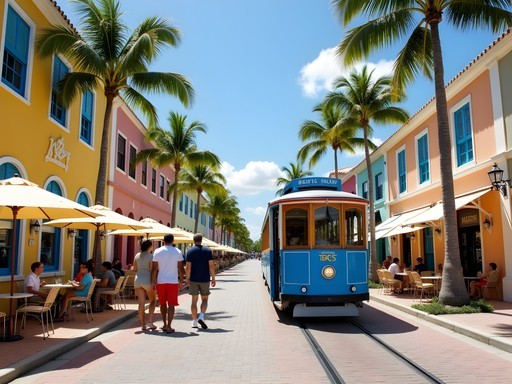
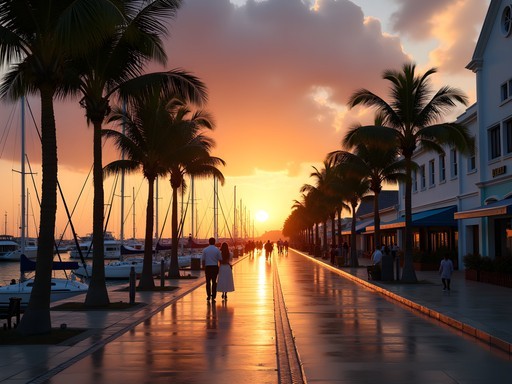
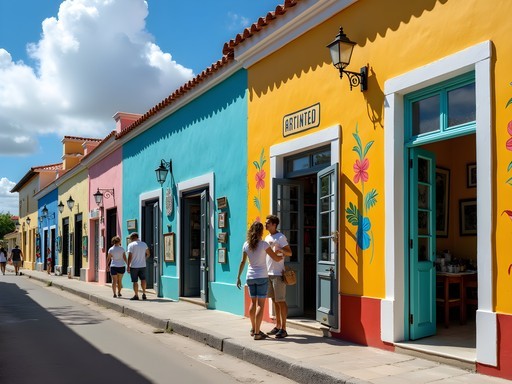



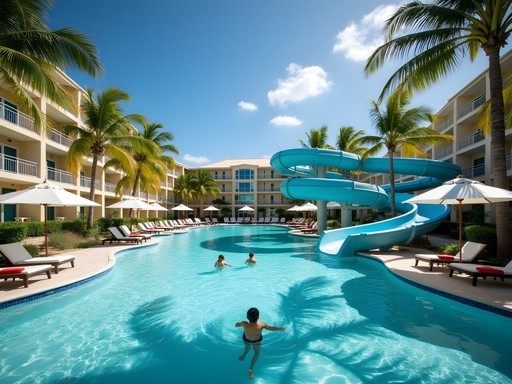
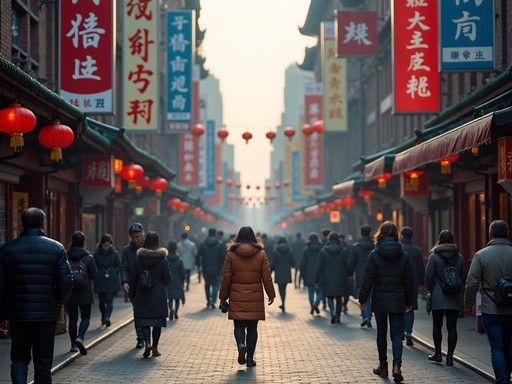
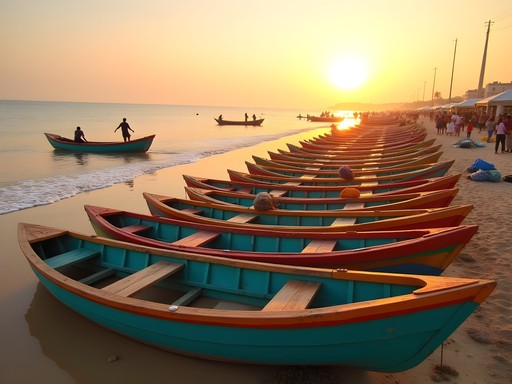


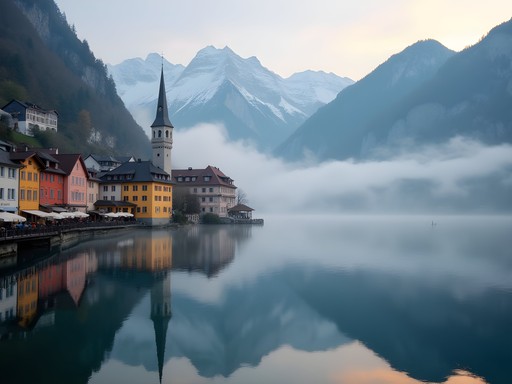
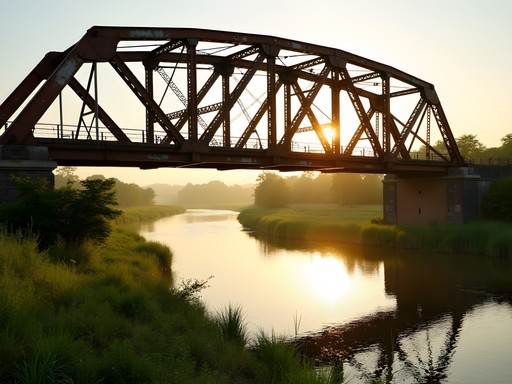
Comments
Gregory Boyd
Excellent breakdown of Oranjestad! I'd add that the alleyways between Wilhelminastraat and Havenstraat hide some fantastic local food spots that most tourists miss. There's a small cafe called Djispie's that serves the best pastechi I've had anywhere on the island. One tip for anyone heading there: the midday sun is brutal in Aruba. I found carrying my collapsible water bottle absolutely essential for these walking explorations. You can refill it at most restaurants if you ask nicely. Also, don't miss the local art market that pops up near Plaza Daniel Leo on Wednesday evenings - much more authentic souvenirs than what you'll find on the main shopping strip.
coolexplorer
Djispie's - noted! Going next month and definitely want to try authentic food. Any other local spots you'd recommend that aren't in the tourist guides?
Gregory Boyd
Zeerovers in Savaneta is worth the trip out of town - fresh fish caught that morning. And there's a small place called Coco Plum near Renaissance Mall with amazing coconut soup. Just be prepared to wait - locals love it!
coolexplorer
Love the photos! Those colorful buildings are giving me serious wanderlust right now!
islandwanderer
Just got back from Aruba last week and this guide would've been SO helpful! We stumbled upon Wilhelminastraat by accident and it was the highlight of our trip. Those colorful buildings are even more vibrant in person! We missed the Plaza Daniel Leo though - wish I'd seen this earlier. Anyone know if the trolley runs all day or just during cruise ship hours?
Gregory Boyd
The free trolley typically runs from 10am-5pm, but it's definitely tied to cruise ship schedules. When no ships are in port, service can be spotty. I'd recommend grabbing an Arubus day pass instead - more reliable and you'll see how locals actually get around. Plus you can reach Eagle Beach easily which the trolley doesn't cover.
islandwanderer
Thanks for the tip about Arubus! Wish I'd known that earlier. Next time for sure!
TropicalExplorer
Just got back from Aruba and this guide would have been so helpful! We stumbled upon a fantastic little café on Wilhelminastraat called Aruba Experience Café - incredible local coffee and pastries. One tip I'd add: the Renaissance Mall area (near Havenstraat) has free WiFi and air conditioning if you need a break from the heat. Also, the street art scene is evolving rapidly - we saw several new murals being painted during our stay that aren't mentioned here. Definitely take time to wander without an agenda!
BeachBum99
Aruba Experience Café is the best! Did you try their coconut pastries?
TropicalExplorer
Yes! The coconut pastries were amazing. We went back three times during our week there!
IslandHopper45
Love that shot of Plaza Daniel Leo! The lighting is perfect.
luckyhero3933
Has anyone done the free trolley tour mentioned in the Havenstraat section? Worth it or tourist trap?
SunsetChaser
Did it last month! Definitely not a tourist trap - it's a convenient way to get oriented and the guides share some interesting history. Just avoid midday when it gets super crowded.
luckyhero3933
Awesome, thanks for the tip about timing!
CaribbeanDreamer
Those pastel buildings are gorgeous! Adding this to my bucket list.
Frank Garcia
Excellent breakdown of Oranjestad's streets! I spent three days wandering through the capital last year and found Wilhelminastraat particularly fascinating. The architectural contrast between the Dutch colonial buildings and Caribbean color palette creates a photographer's dream. I'd add that early morning (around 7-8am) is ideal for photography on these streets before the cruise ship crowds arrive. The light hits those pastel facades perfectly then. Did you happen to explore any of the side streets off Caya G.F. Betico Croes? I found some fantastic local eateries there that weren't in any guidebooks.
luckyhero3933
Morning photography tip is gold! Planning my trip for January and definitely adding this to my notes. Did you find the city walkable or should I rent something?
Frank Garcia
Oranjestad is very walkable! The core areas mentioned in the post can easily be covered on foot. If you want to explore beyond the city center, the local buses are reliable and cheap. I used my pocket guide to navigate which was super helpful for the smaller streets. Enjoy your trip!
luckyhero3933
Perfect! Walking + public transport sounds like the way to go. Thanks for the tips!
Casey Andersson
Savannah, your street-by-street approach is brilliant! I stayed at the Renaissance near the harbor last year and used this area as my base to explore. For anyone planning a visit, don't miss the local art galleries tucked between shops on Wilhelminastraat - I found the most stunning handpainted ceramic pieces that tell Aruban stories through color and texture. Havenstraat was my favorite morning walk - there's something magical about watching the harbor come alive while sipping coffee at one of the waterfront cafés. I'd recommend bringing a good sun hat as shade can be limited during midday explorations. One tip not mentioned: if you're there on Thursday evening, there's a small cultural market near Plaza Daniel Leo with local artisans and musicians that gives you a wonderful taste of authentic Aruban culture away from the tourist crowds.
journeylife
Thanks for the Thursday evening tip! Just added it to my itinerary. Did you find most places accept US dollars or should I exchange currency?
Casey Andersson
US dollars are widely accepted everywhere! No need to exchange currency. Some places even give change in USD rather than Florin. Makes shopping on Caya Betico Croes super easy!
journeylife
Going to Aruba in October! Is Oranjestad walkable or should we rent a car? And is it better to visit in the morning or evening?
Casey Andersson
Oranjestad is very walkable! The free tram mentioned in the post is great for when you need a break. I'd recommend early morning exploring (8-10am) before the cruise crowds and heat hit. The light is gorgeous for photos then too. Late afternoon around 4-6pm is also lovely when things cool down a bit and the buildings glow in the sunset light. You'll have a wonderful time!
Venture X
Premium card with 2X miles, $300 travel credit, Priority Pass